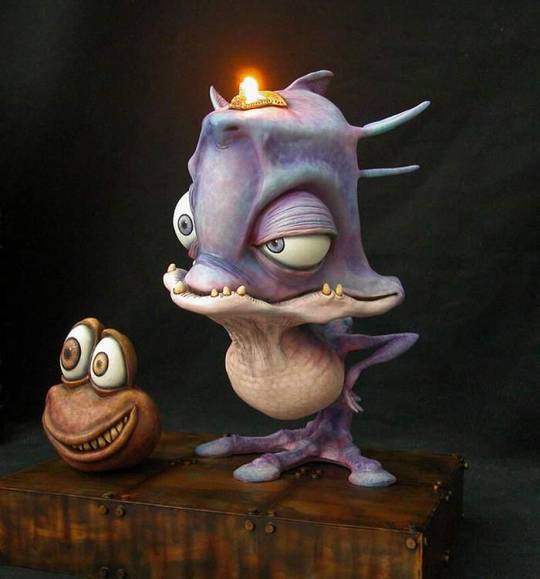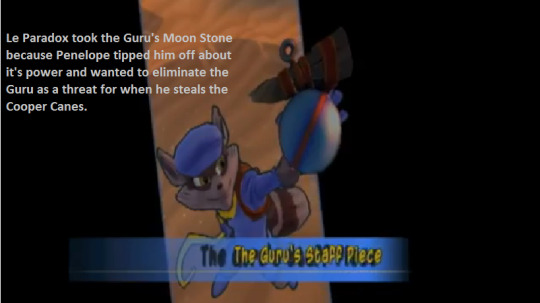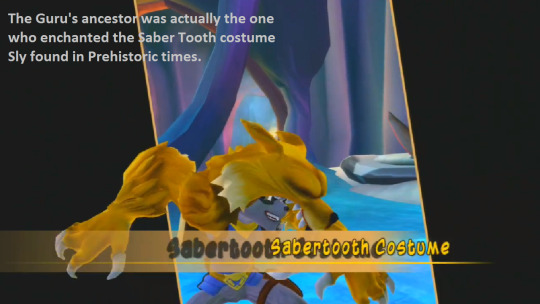Don't wanna be here? Send us removal request.
Text
Everyone is missing the obvious here:
“Yes! You’re all knocked down and The Murray stands tall! Like a fuckin’ totem pole of strongism!”
1 "fuck" in the entire sly cooper series where dyou put it? because i know where im putting it
"enough with the fucking sauce"
285 notes
·
View notes
Text
Everyone’s freaking out over Carmelita’s height and I’m just sitting here thinking about the Cooper Gang being canonically as short as Star Fox was in Starlink.

8 notes
·
View notes
Text
So, uh, anyone want to talk about some positivity regarding the Spyro Reignited Trilogy?
I think I’m done with Reddit when it comes to Spyro, and I haven’t tried gauging Tumblr’s response to it all, and I just want some positivity to hype me up better.
6 notes
·
View notes




